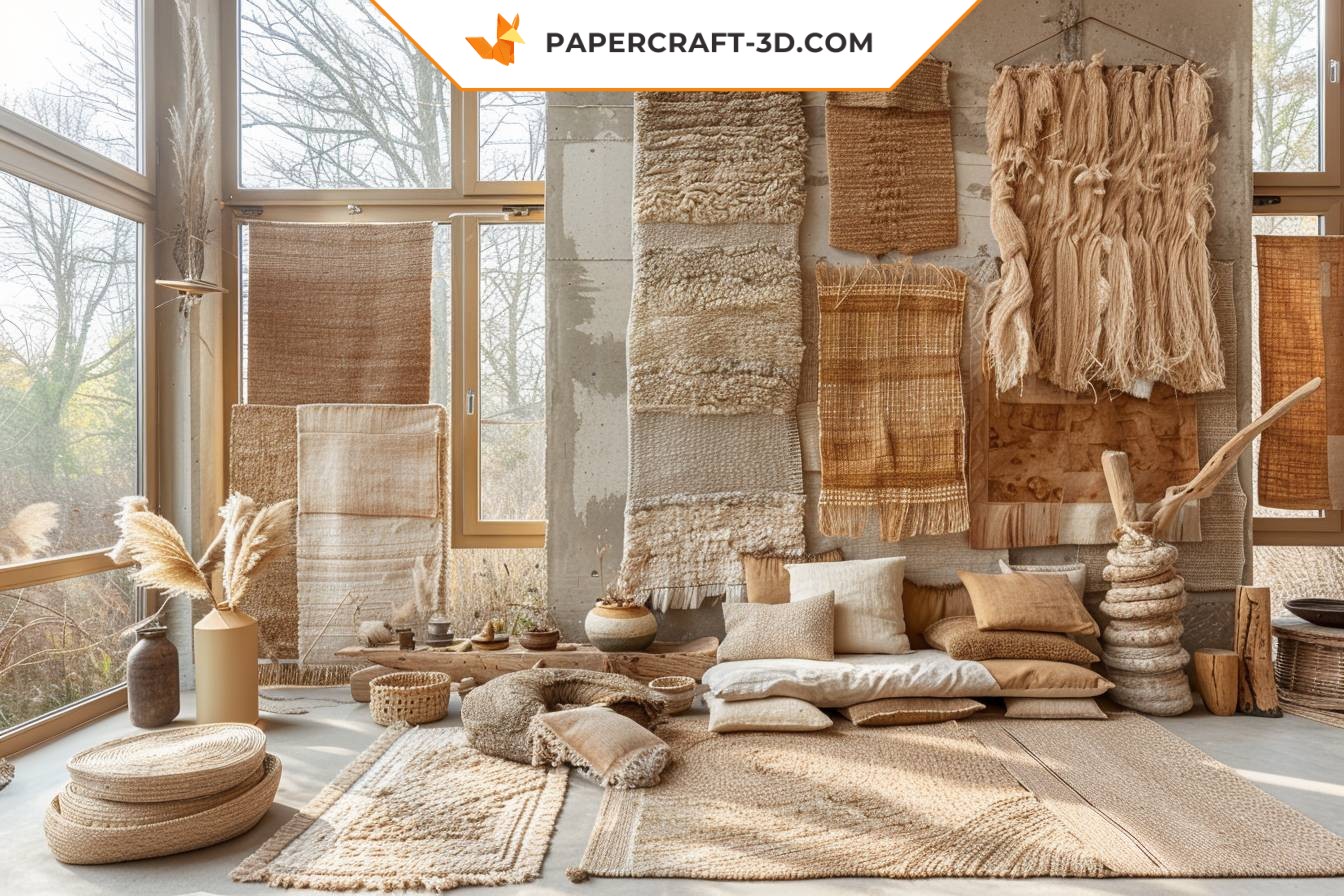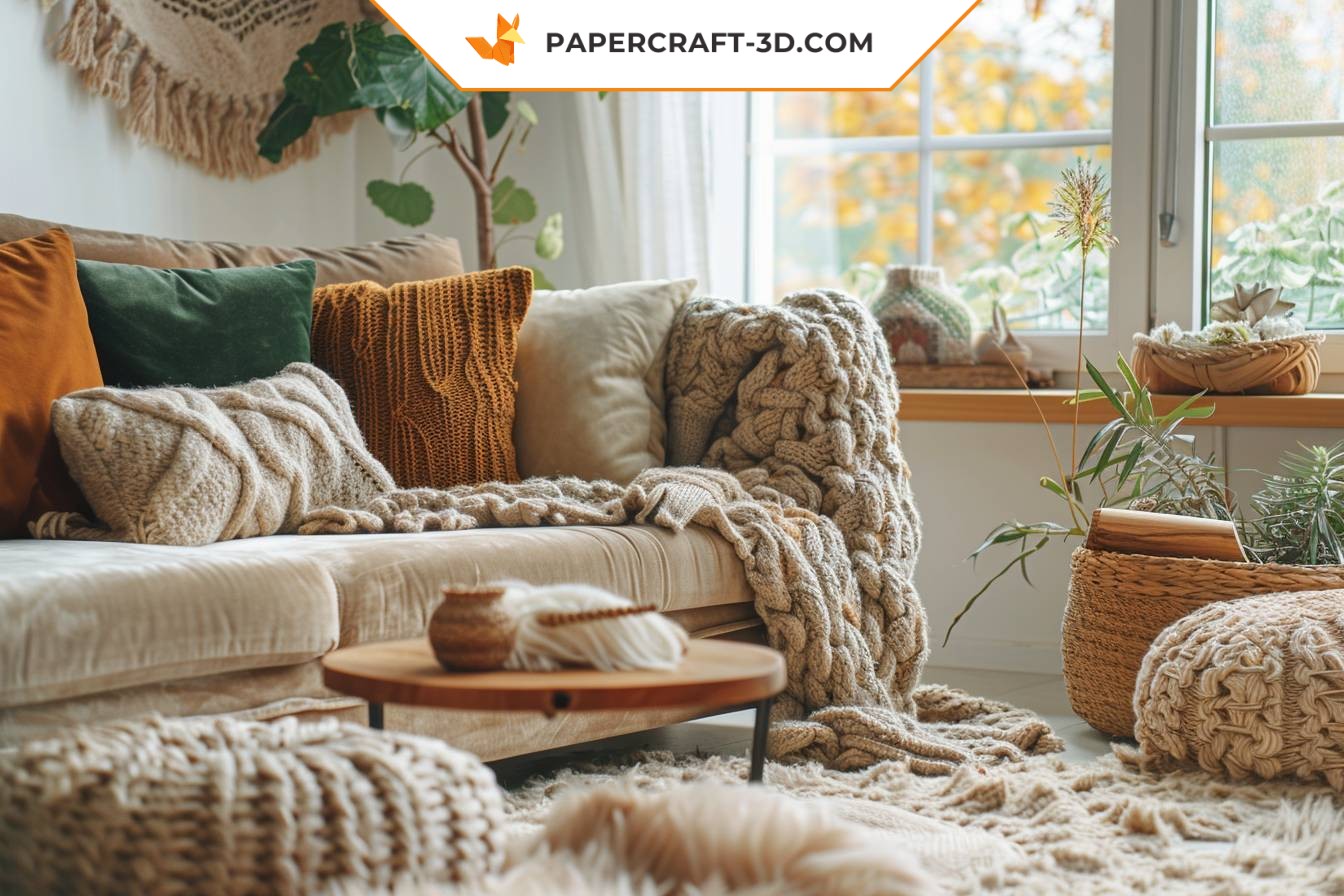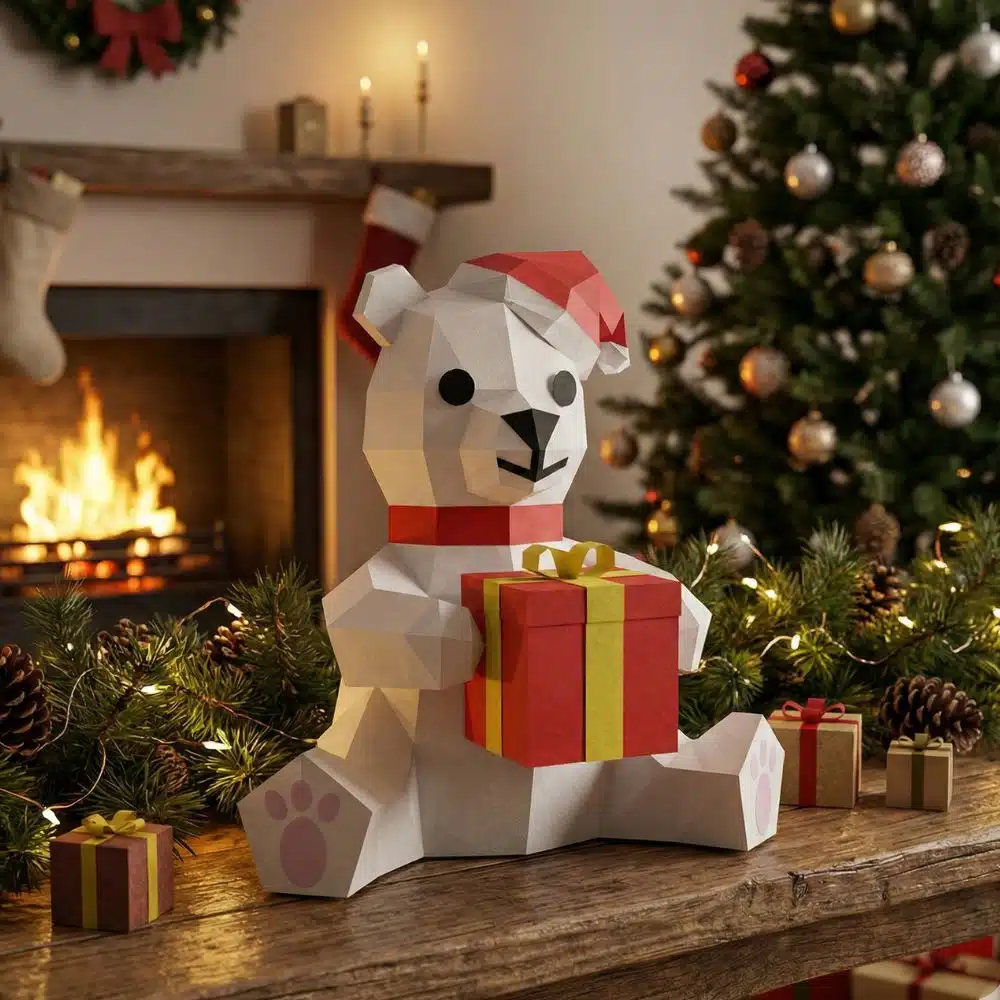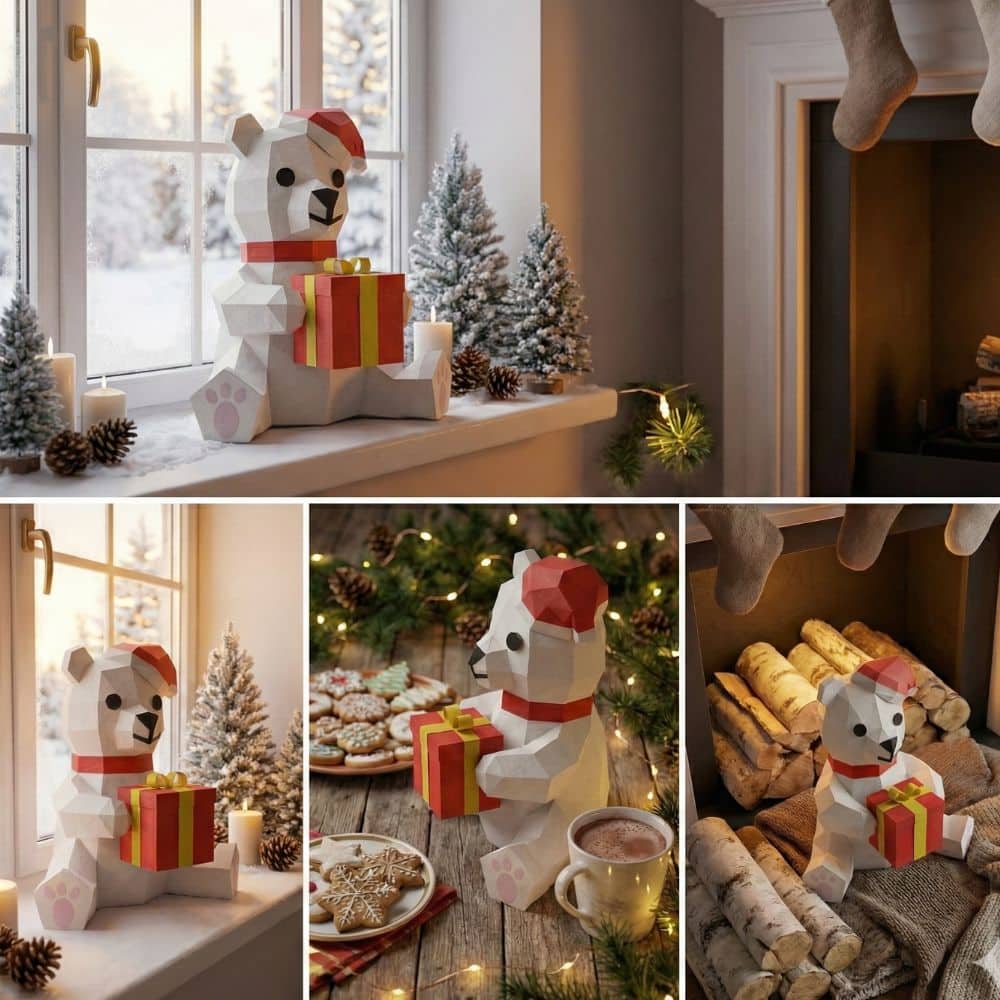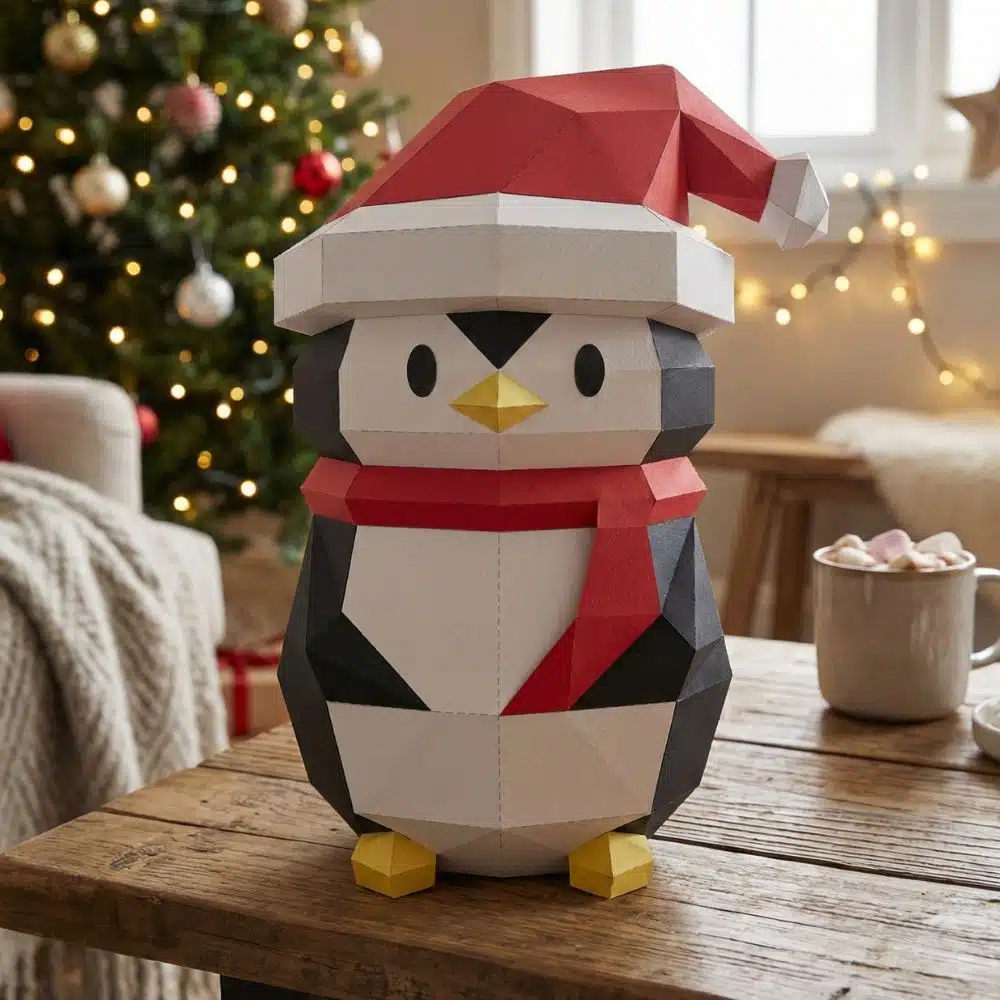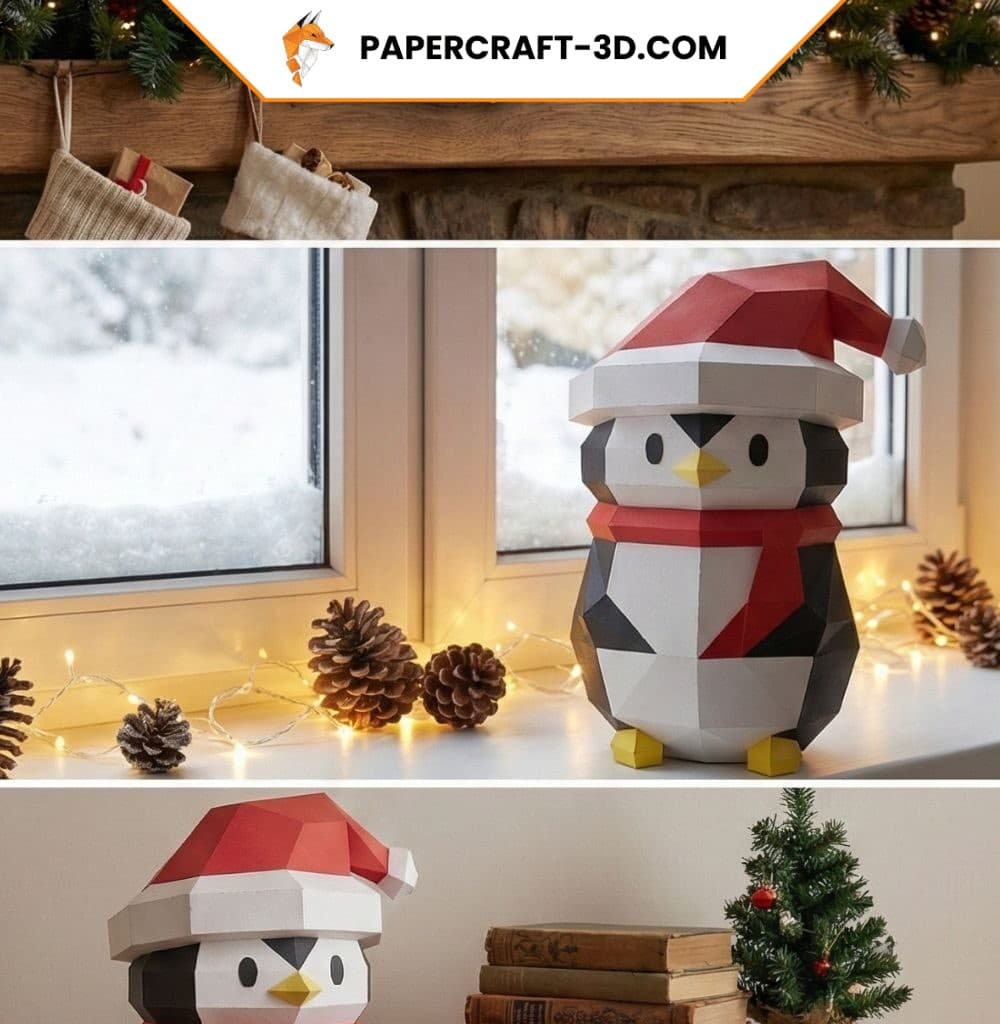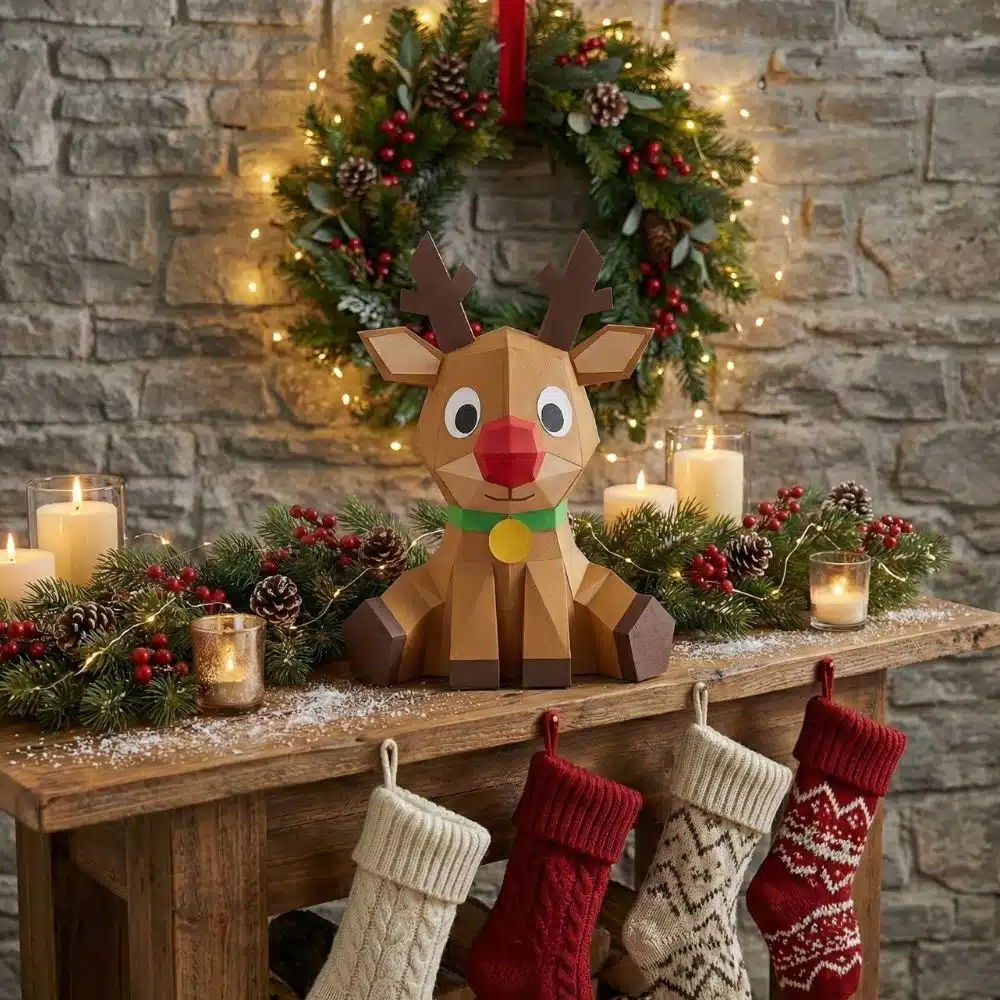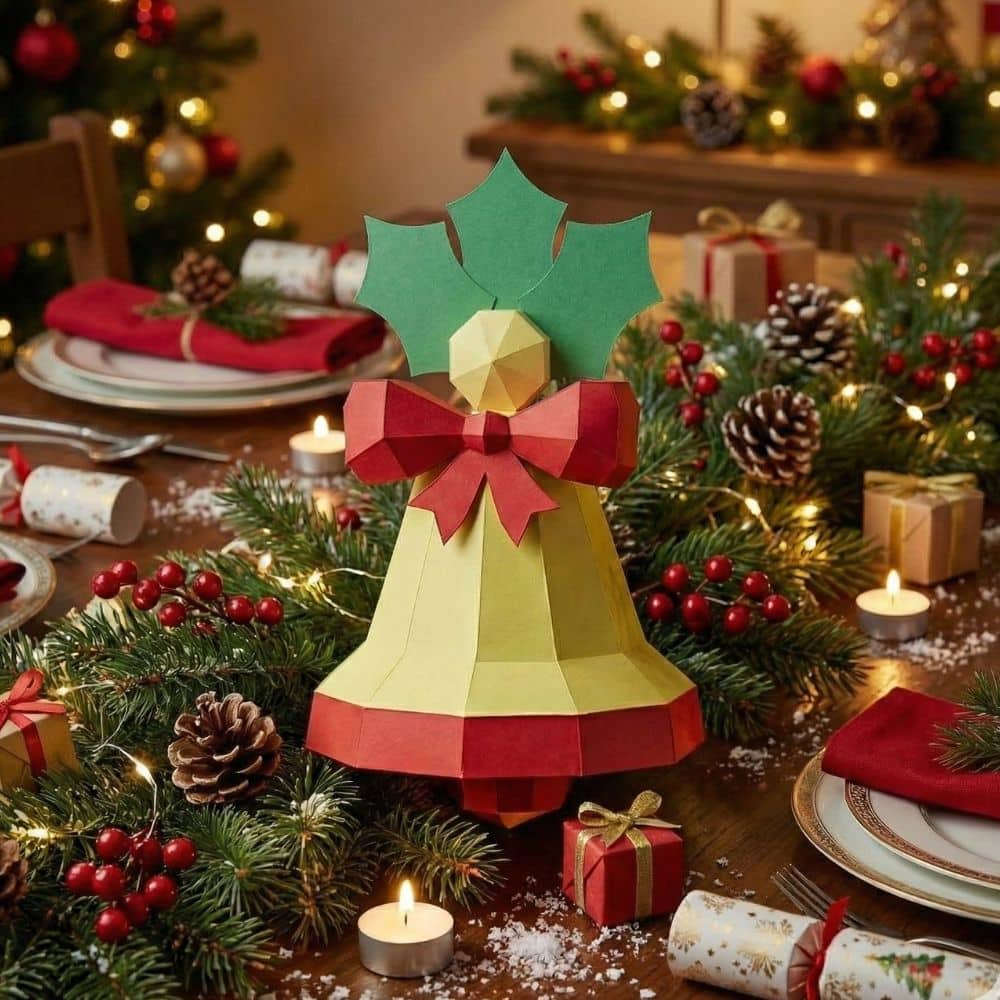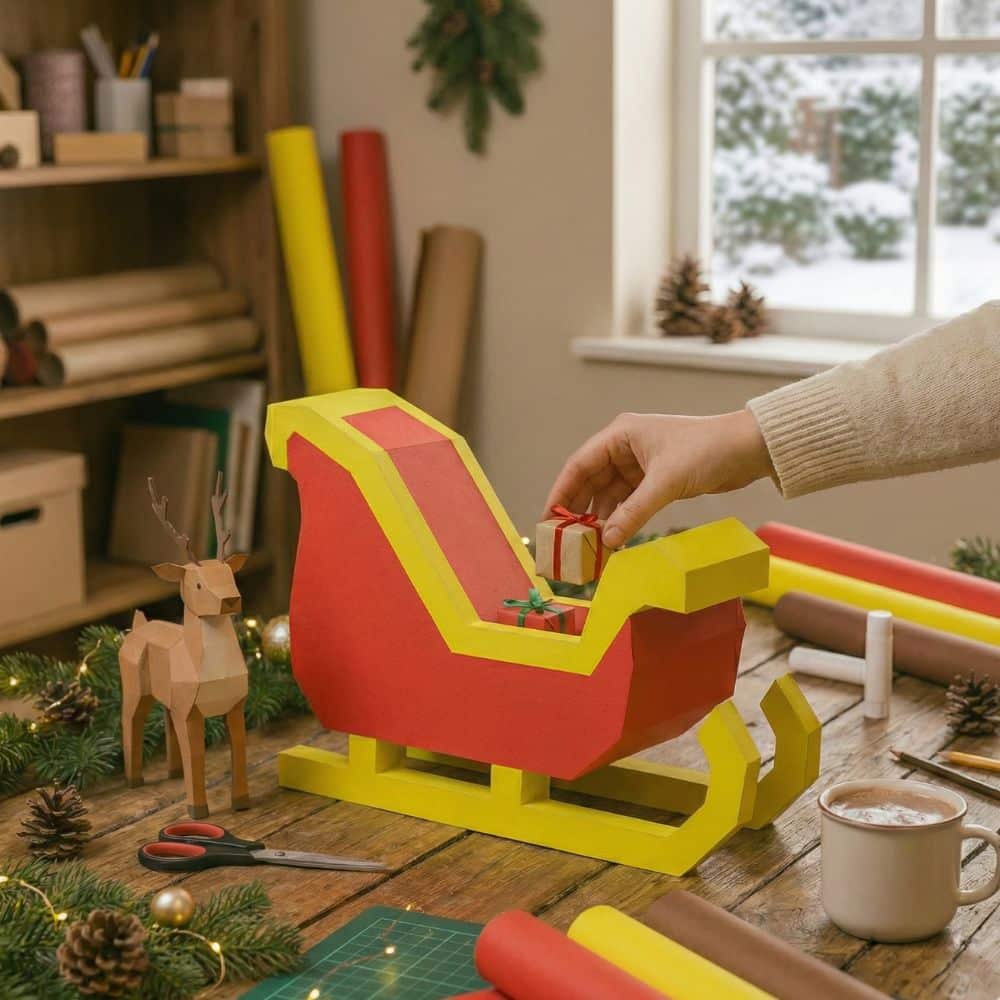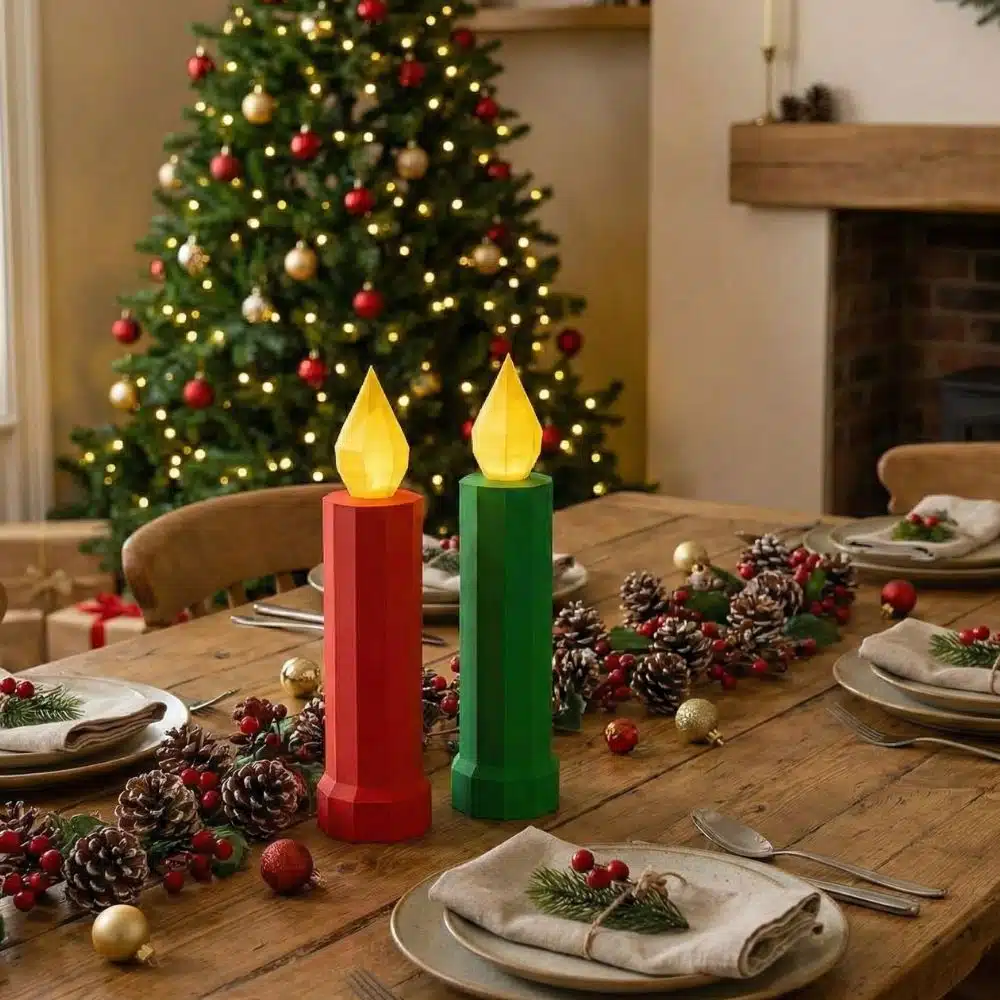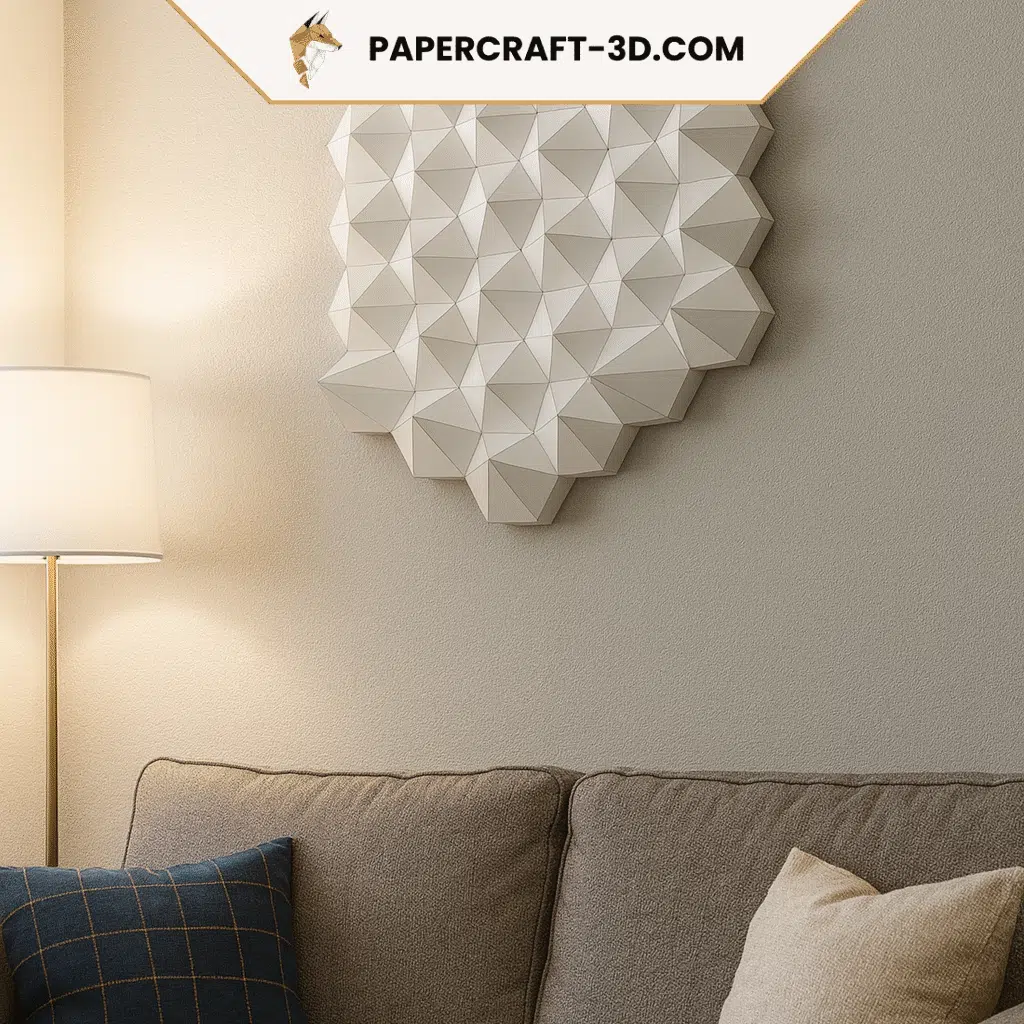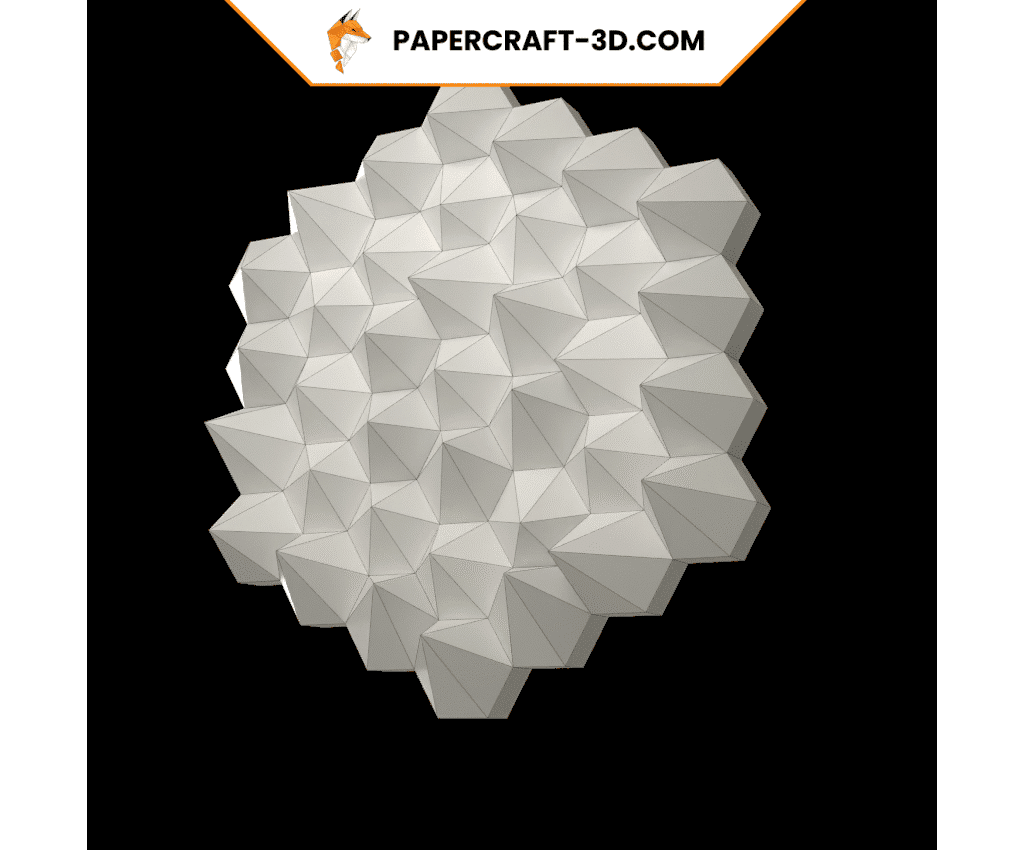Have you ever wondered why some rooms feel more inviting than others? The answer may well lie in texture. Textures have the power to radically transform the ambience of a space. In 2024, 75% of interior designers recommend the use of different textures to bring a feeling of warmth to a room. Yet knowing how to harmonize these textures can be tricky. That’s where we come in! In this article, we explain how to use textures to bring your interior to life and create a warm atmosphere.
| Key points to remember |
|---|
| The importance of textures in interior design. |
| The different types of texture and how to integrate them. |
| The effects of textures on a room’s ambience. |
Understanding the importance of textures in interior design
When we think of interior design, colors and shapes often come first to mind. Yet another element plays an equally crucial role: textures. They have the power to radically transform a room, adding depth and character where none existed before.
The influence of textures on the perception of a space
Imagine entering a room with glass-smooth walls, shiny furniture and no rough edges. You’d probably feel uncomfortable, almost as if you were in an artificial world. Now imagine the same room, but with exposed brick walls, a soft, plush sofa and a thick carpet beneath your feet. You already feel more at home, don’t you? That’s the power of textures. They bring our surroundings to life and create a welcoming atmosphere.
The different types of texture
There are an infinite number of textures we can use to embellish our interiors. Here are just a few examples:
- Metal: Metallic objects add a modern industrial touch to your space.
- Stone: Natural stone gives a rustic, earthy look.
- Fabric: Soft fabrics like velvet or cotton provide comfort and warmth.
- Leather: Leather is synonymous with luxury and sophistication.
- Wood: Wood evokes nature and adds warmth to any room.
These materials can be used alone or in combination to create interesting visual effects. For example, combining raw wood with polished metal can create a trendy industrial chic look.
Playing with contrasts
Don’t hesitate to play with contrasts to energize your decor. A bright red brick wall can be softened by a soft-touch white sofa. Similarly, a glass coffee table can be warmed by a thick natural wool rug. These contrasts add visual richness to your space while preventing it from becoming monotonous.
How to choose the right textures?
When it comes to interior design, the choice of textures is an essential element to consider. Each texture has its own character and can significantly influence the atmosphere of your space. Here are a few tips to help you make the right choice.
Consider your existing decorating style
To begin with, it’s necessary to consider your current decorating style. For example, if you have a minimalist interior, soft, smooth textures may be ideal for adding a subtle touch of visual interest without disturbing the balance of the design. Conversely, in a rustic or bohemian space, rougher, more natural textures such as burlap or rattan can be perfect for bringing a warm, welcoming feel.
Consider the size of your space
The size of your room also plays a crucial role in your choice of textures. In a small room, too many different textures can create a feeling of clutter. Instead, opt for a few well-placed textured touches that add character without overloading the space. For larger rooms, don’t hesitate to play with several types of texture to prevent the space from feeling empty or impersonal.
Play with contrasts
One of the secrets to successful textured decorating is to play with contrasts. Combine soft materials with rougher ones, or mix thick textiles with lighter ones. This not only adds dynamism to your decor, but also visually balances the space.
| Texture type | Description | Suitable style |
| Soft cotton | Soft to the touch, ideal for cushions and sheets. | Minimalist, modern. |
| Jute canvas | Rough and natural, perfect for rugs and decorative bags. | Rustic, bohemian. |
| Corduroy | Rich and textured, ideal for sofas and armchairs. | Classic, vintage. |
Ultimately, the choice of textures depends on your personal preferences and the feeling you want to evoke in your space. Remember, interior design is a form of personal expression – so have fun with it!
Textures for added warmth
Have you ever felt a sense of comfort and well-being when you enter a room? You may be wondering why some spaces feel so inviting, right? That’s where textures come in. They are the secret to interior design that exudes warmth and friendliness.
The judicious use of textures can radically transform the ambience of a space. Imagine a sofa covered in soft, fluffy plaid, a thick rug beneath your feet, or a wall adorned with rough-hewn wood. These elements not only add character to your interior, they also create a warm, inviting atmosphere.
Here are a few ideas for effectively integrating textures into your décor:
- Textiles: These are undoubtedly the perfect allies for bringing warmth to a room. Cushions, plaids, curtains, rugs… Choose soft, pleasant-to-the-touch materials like velvet or wool.
- Natural materials: wood, stone, rattan… These raw materials add a warm, authentic touch to your home.
- Furniture: Aged leather furniture or a linen armchair can add relief and depth to your decor.
Now that you’ve got a few ideas on how to play with textures, it’s time to take action! Remember: the aim is to create a space that reflects you and makes you feel good. So don’t hesitate to experiment and trust your instincts.
In the next section, we’ll discover how to enhance your texture choices with products from Papercraft-3D.com. So stay tuned!
Enhance your home with Papercraft-3D.com
Are you fascinated by the idea of incorporating different textures into your interior design? Papercraft-3D.com is the solution for you. Our online store offers a variety of origami and 3D papercrafts, unique decorative elements that add visually interesting texture to any space. Each piece is carefully designed, adding not only beauty, but warmth to your home. So why wait? Visit Papercraft-3D.com today and start transforming your space into a true haven.
What is texture in interior design?
How can textures make a room warmer?
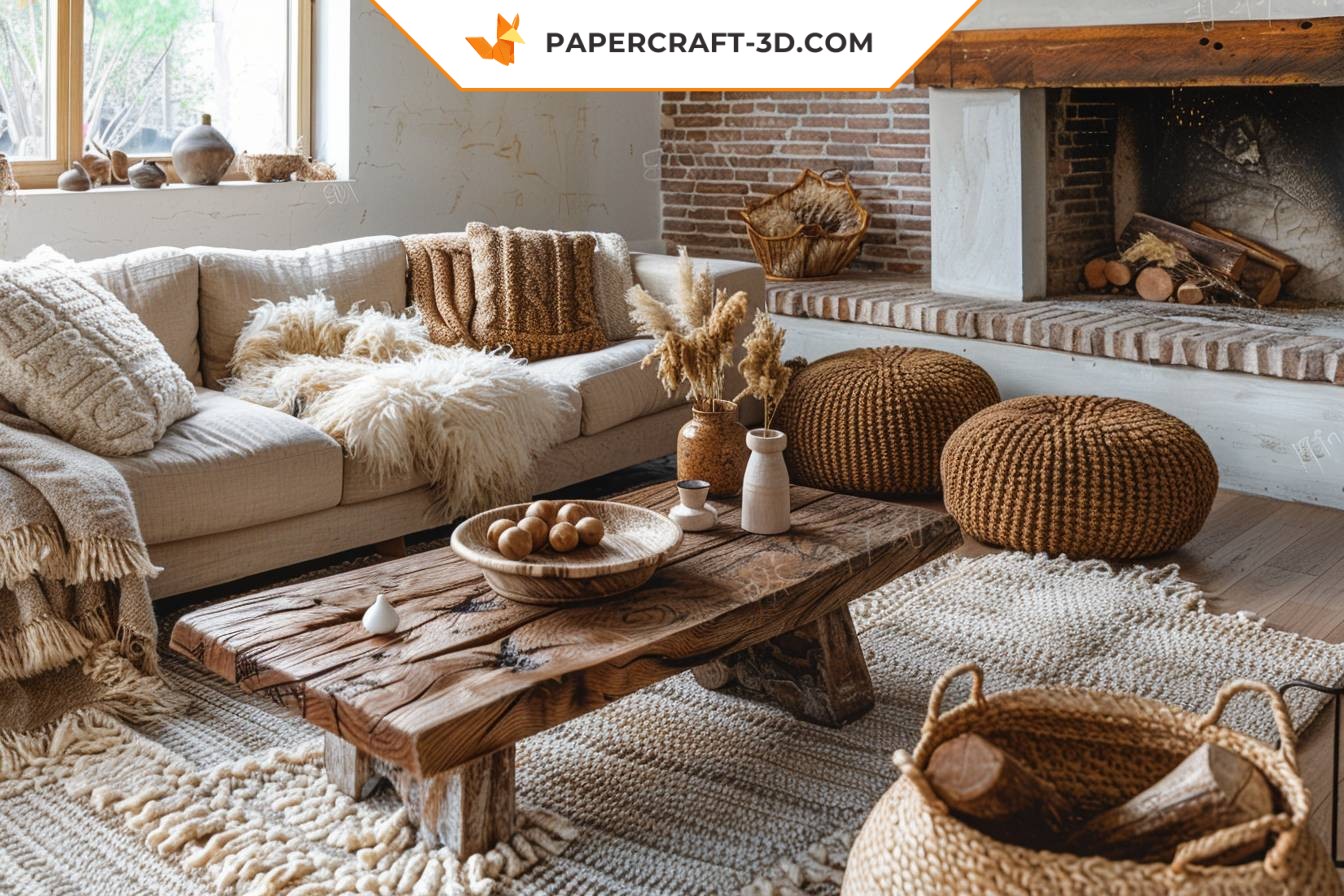
What textures are best for warm, inviting decor?
How to mix textures for a harmonious decor?
